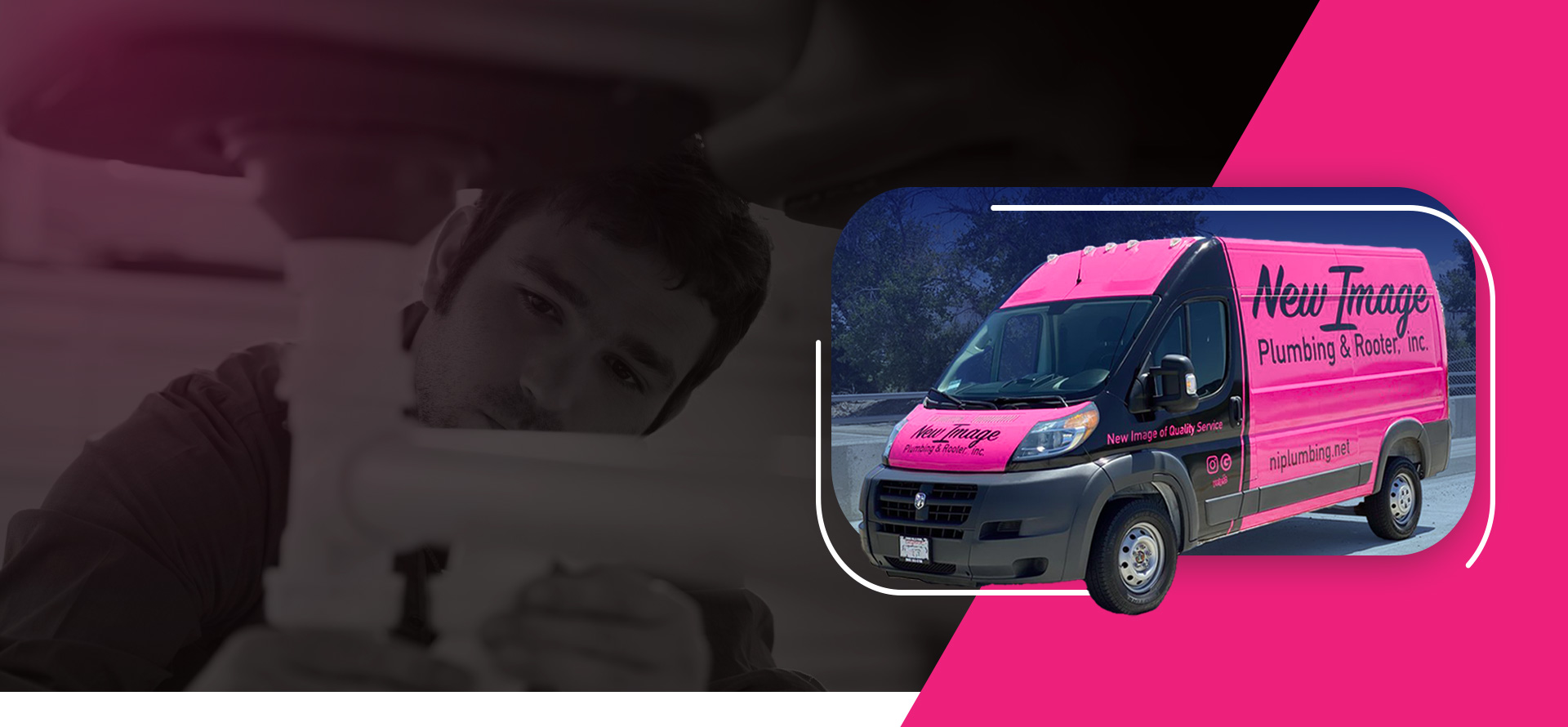
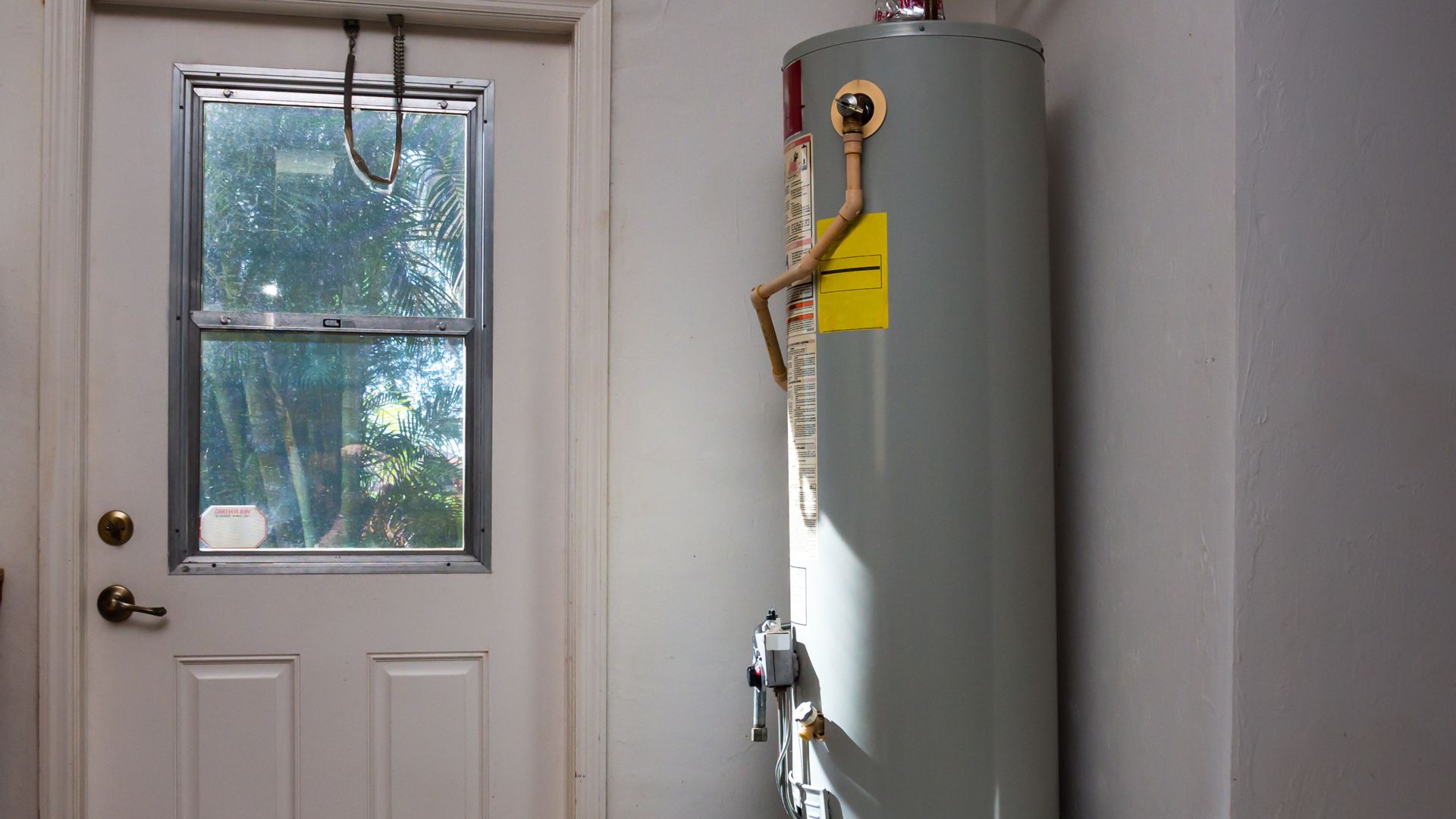

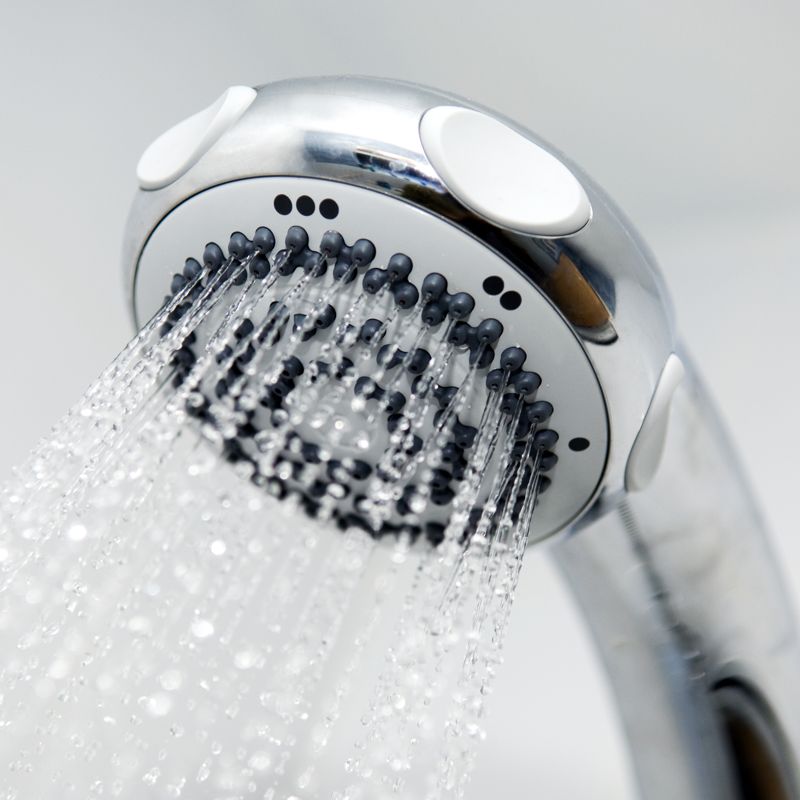
Plumber Pasadena
Licensed & Insured Professionals Serving La Cañada Flintridge & Arcadia
At New Image Plumbing & Rooter, we're more than just your neighborhood plumbers—we're a part of the fabric of our community. Our experienced, family-oriented team brings a touch of care to each plumbing project, from simple fixes to complex problems, always delivered with our trademark pink trucks.
With manufacturer partners A.O. Smith and Raypak, our team stays at the forefront of the latest plumbing advancements. We allow every customer access to eco-friendly products, expert knowledge, and a dedication to exceptional service. Our comprehensive offerings include financing plans, warranties, and 24/7 availability to address any plumbing emergencies. We blend professionalism with a friendly approach to make sure that every interaction is a pleasant one, leaving your home not only problem-free but also happier.
As part of our comprehensive services, we also offer innovative water conservation solutions that help our clients reduce their environmental footprint. This includes the installation of high-efficiency fixtures and systems that not only save water but also minimize utility costs over time. Our clients are often surprised by the long-term savings they achieve with these upgrades, making it a smart and sustainable choice for both homes and businesses.
Are you looking for a plumber in Pasadena or the surrounding areas? Call New Image Plumbing & Rooter at (626) 788-8260 today and request a free estimate!
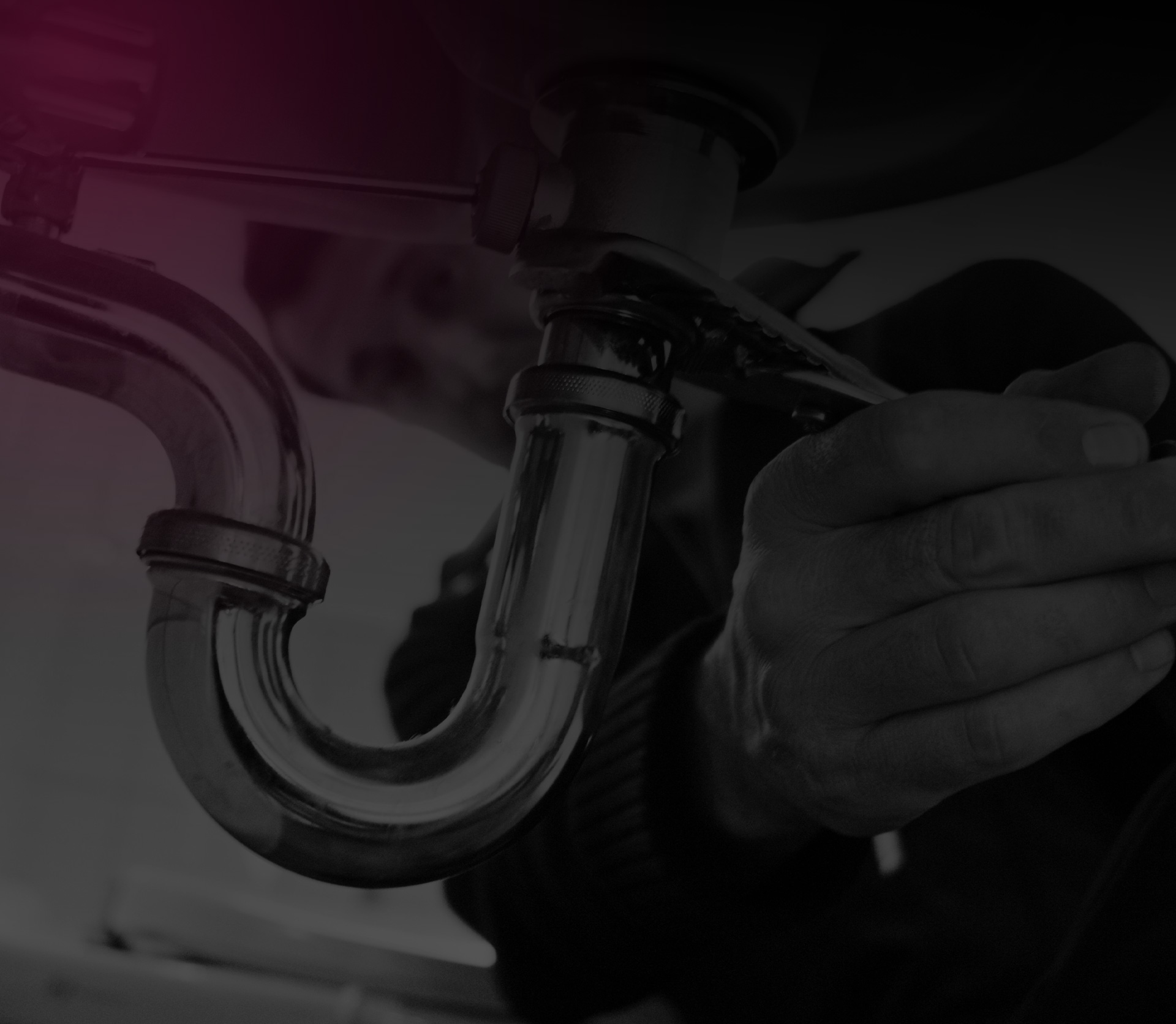

Our Services
How Can We Help?
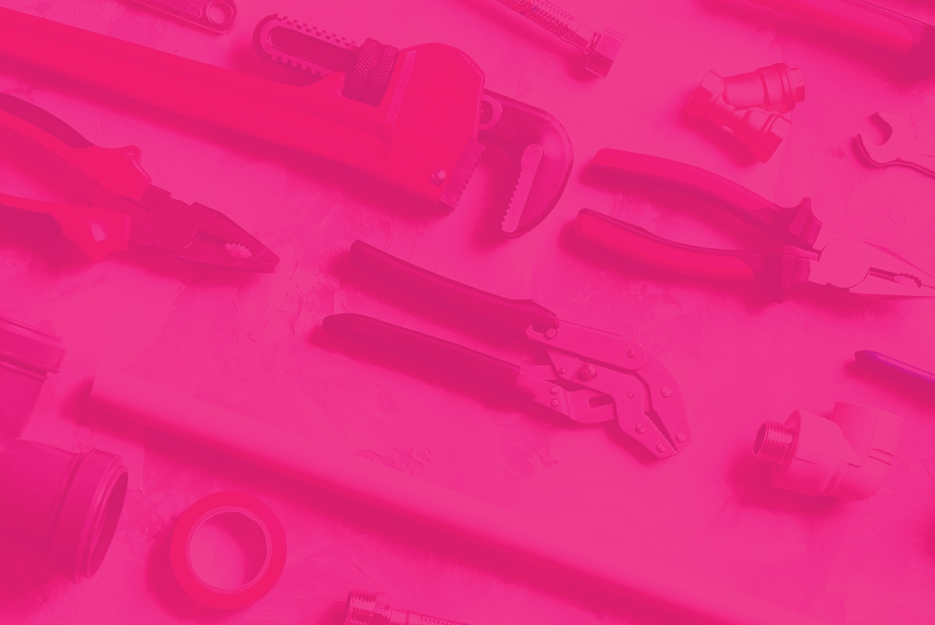
Our Reviews
Hear From Your Friends & Neighbors
-
"Very Thorough"Great job and left everything very clean and neat. We have hot water again! Definitely going to call on them again in the future.- C. O.
-
"Great Job"I got my shampoo bed installed today by New Image Plumbing, and they did a great job! Thank you again New Image Plumbing for helping Posh Me Pretty’s scalp treatments become a reality!- Armine G.
-
"Very Pleased"I am very happy with their above-and-beyond service.. very pleased with the outcome and would turn to them for future projects.- Steve J.
-
"Honest & Efficient"The repairs were completed in less than 30 mins and the cost was much less than we expected for a commercial business. Thank you, New Image, for being honest and for treating us with respect at our place of business.- Julian B.
-
"Our contractors couldn't even keep up because NIP was so fast and efficient."We were worried about cost but NIP helped us from A to Z, not only identifying areas we could adjust to make our budget, but they completed everything way faster than expected.- Michael B
-
"Respectful & Knowledgeable"New Image Plumbing & Rooter did very good, professional work on our sewer line blockage. Respectful, and knowledgeable. Highly recommended.- Tevan T.
-
"Extremely Helpful"My experience with Pierre Ayala from New Image Plumbing & Rooter was exemplary. I would highly recommend him, he was extremely helpful.- Hakimah A.
-
"Fast & Reasonable"Got the leak fixed and the pressure regulator installed for a very good price. Thank you, Pierre, for your hard work! We will definitely be using you for all of our plumbing needs!- Joe A.
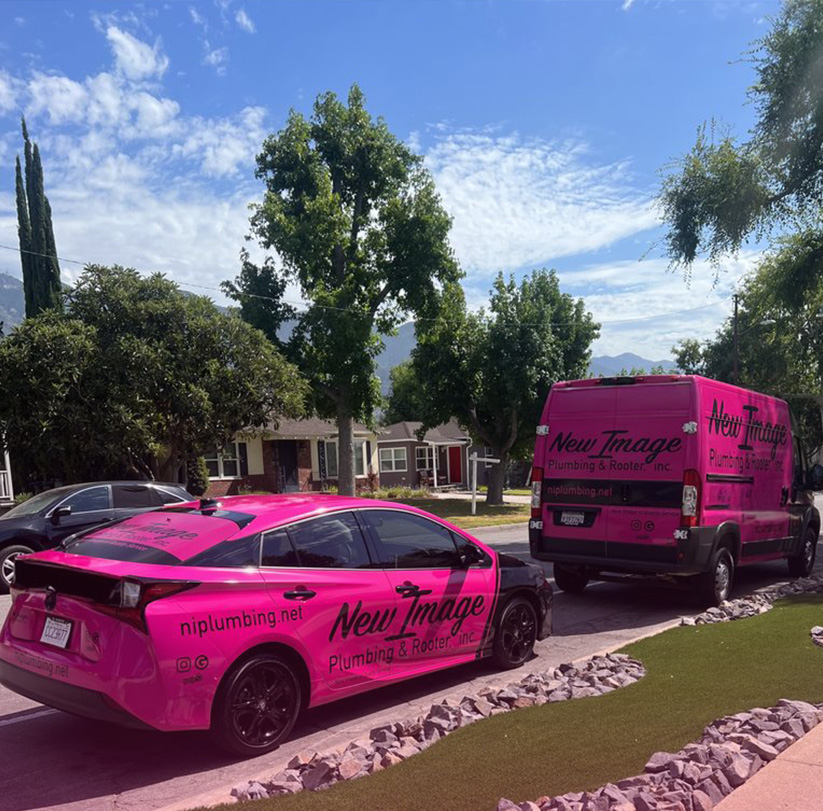
Full-Service Plumbing in Pasadena, California
Whether you're dealing with a leaky faucet, a clogged drain, or a complex repiping project, our skilled team is ready to help. We can offer you everything from routine maintenance and plumbing inspections to more complicated tasks like sewer line repair, water heater installation, and gas line services. Our experienced technicians are also equipped to handle kitchen and bathroom remodeling projects so that your plumbing fixtures match your design vision while functioning flawlessly.
Beyond just installations and repairs, we offer preventive maintenance services designed to catch potential issues before they become costly problems. This proactive approach helps in extending the lifespan of your plumbing systems while maintaining optimal performance. By scheduling regular inspections with our team, you can rest assured knowing that your home's plumbing is in top condition and any disruptions are minimized.
We also focus on energy-efficient solutions that align with our eco-friendly values. Our plumbing solutions are designed to conserve energy and water, saving our clients money in the long run while promoting sustainable practices. This is particularly important in Pasadena, where sustainability is a community-wide goal. By employing the latest in plumbing technologies, we ensure that our services meet both present and future needs.
Customer-First Pasadena Plumbers
Our passion for customer service is at the heart of everything we do. We believe that handling plumbing issues isn't just about fixing leaks and unclogging drains—it's about creating a positive experience that builds trust and satisfaction. Our team approaches each task with genuine care and a determination to leave each customer's home better than we found it. We look for opportunities to go above and beyond, helping you feel valued throughout the entire process.
Being part of a close-knit, family-oriented team, we understand the importance of personal connections in delivering outstanding service. We strive to communicate openly and effectively, guiding our customers through each step and answering any questions they might have. With Spanish-speaking technicians available, we aim to make our service accessible to all members of our community. We take pride in our ability to tailor our services to meet the specific needs of each client, ensuring that every solution is customized and effective.
Request a same-day appointment with the skilled and compassionate plumbing team at New Image Plumbing & Rooter today by calling (626) 788-8260 or contacting us online!
FAQs for Plumbing Near Me
What Common Plumbing Problems Do Homeowners Face in Pasadena?
In Pasadena, homeowners often encounter a range of plumbing challenges due to the region's aging infrastructure and diverse climate. Common issues include leaks in outdated pipes, sewer line blockages from tree roots, and water heater malfunctions. Hard water is also prevalent in the area, which can lead to mineral build-up in plumbing fixtures and reduce efficiency. By addressing these concerns with routine maintenance and timely repairs, homeowners can avoid costly emergencies. At New Image Plumbing & Rooter, we offer specialized services that cater to these specific regional needs, ensuring peace of mind for our clients.
Why Is Regular Plumbing Maintenance Important for Energy Efficiency?
Regular plumbing maintenance plays a crucial role in enhancing energy efficiency within a home or business. By performing routine check-ups and servicing on pipes, water heaters, and other plumbing components, efficiency is maintained, and the risk of unexpected breakdowns is minimized. This proactive approach not only conserves energy but also reduces utility bills, providing long-term financial savings. We advocate for regular maintenance sessions, understanding their significant impact on conserving resources and keeping plumbing systems running smoothly.
What Should I Look for in a Reliable Plumbing Contractor?
When selecting a reliable plumbing contractor in Pasadena, it's important to consider their reputation, credentials, and range of services. Look for a licensed and insured company that offers a comprehensive suite of plumbing solutions, including emergency services. Client reviews and word-of-mouth recommendations can also provide insights into the quality of their work and customer service. At New Image Plumbing & Rooter, we pride ourselves on our transparent communication, comprehensive services, and community involvement, making us a preferred choice for many local residents.
What Are the Benefits of Water Conservation in Pasadena?
Water conservation is a priority in Pasadena due to the region's susceptibility to drought and water scarcity. Implementing water-saving measures helps preserve this vital resource and reduces utility costs. Techniques such as installing low-flow fixtures and utilizing smart irrigation systems can significantly decrease water usage. Additionally, conscious water use contributes to environmental sustainability and supports local conservation efforts. At New Image Plumbing & Rooter, we offer eco-friendly plumbing solutions designed to maximize water efficiency, helping our clients become more environmentally responsible while enjoying cost savings.

What Makes Us Different
Committed to Quality Craftsmanship & Customer Service
-
Available for Emergency HelpPlumbing emergencies can't wait. Call for immediate help.
-
Hablamos EspañolWork with a plumber who speaks your language.
-
Get a 100% Free EstimateGet started by giving us a call and setting up a free estimate.
-
Affordable Financing OptionsWe offer a variety of options. Call to learn about the details.

